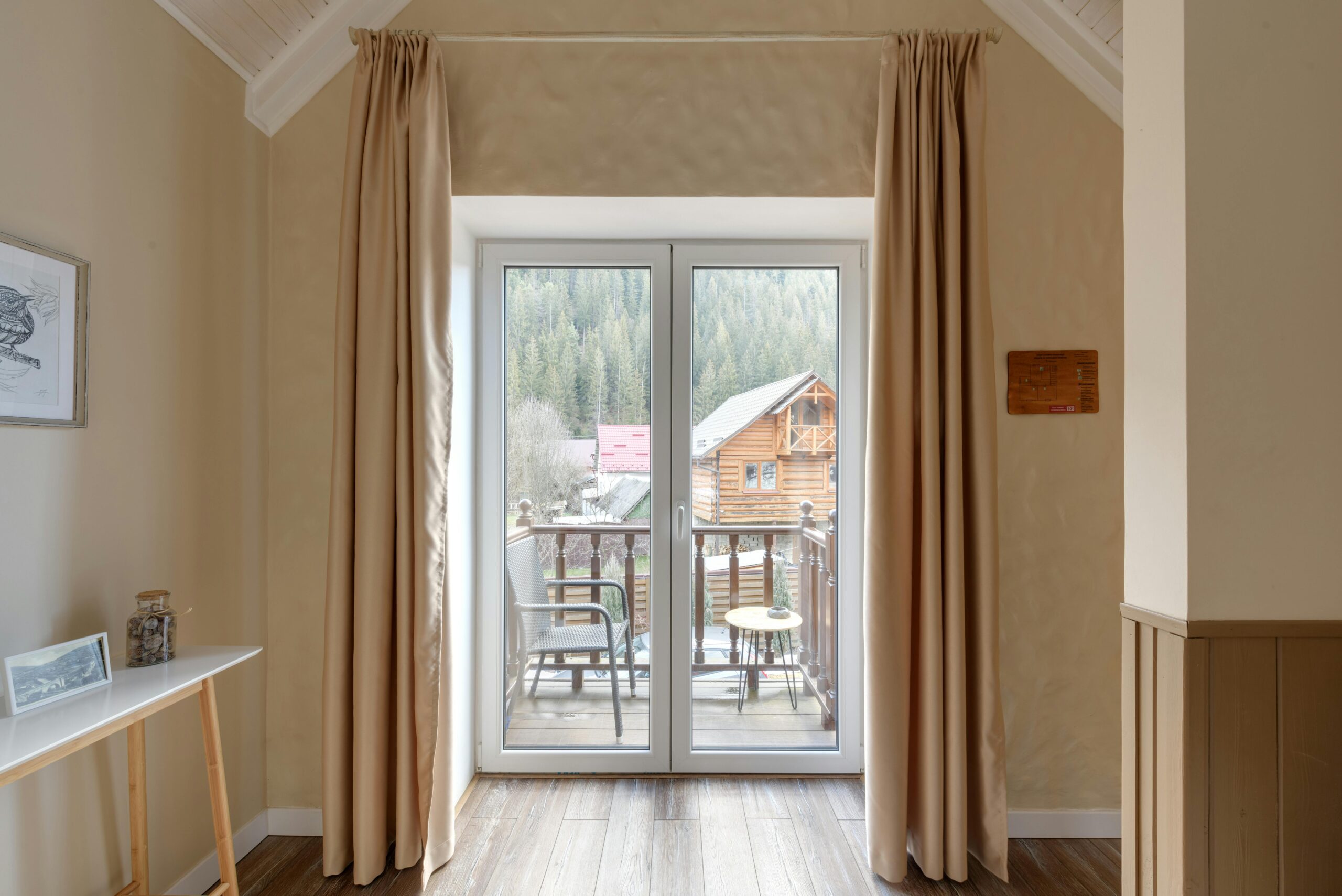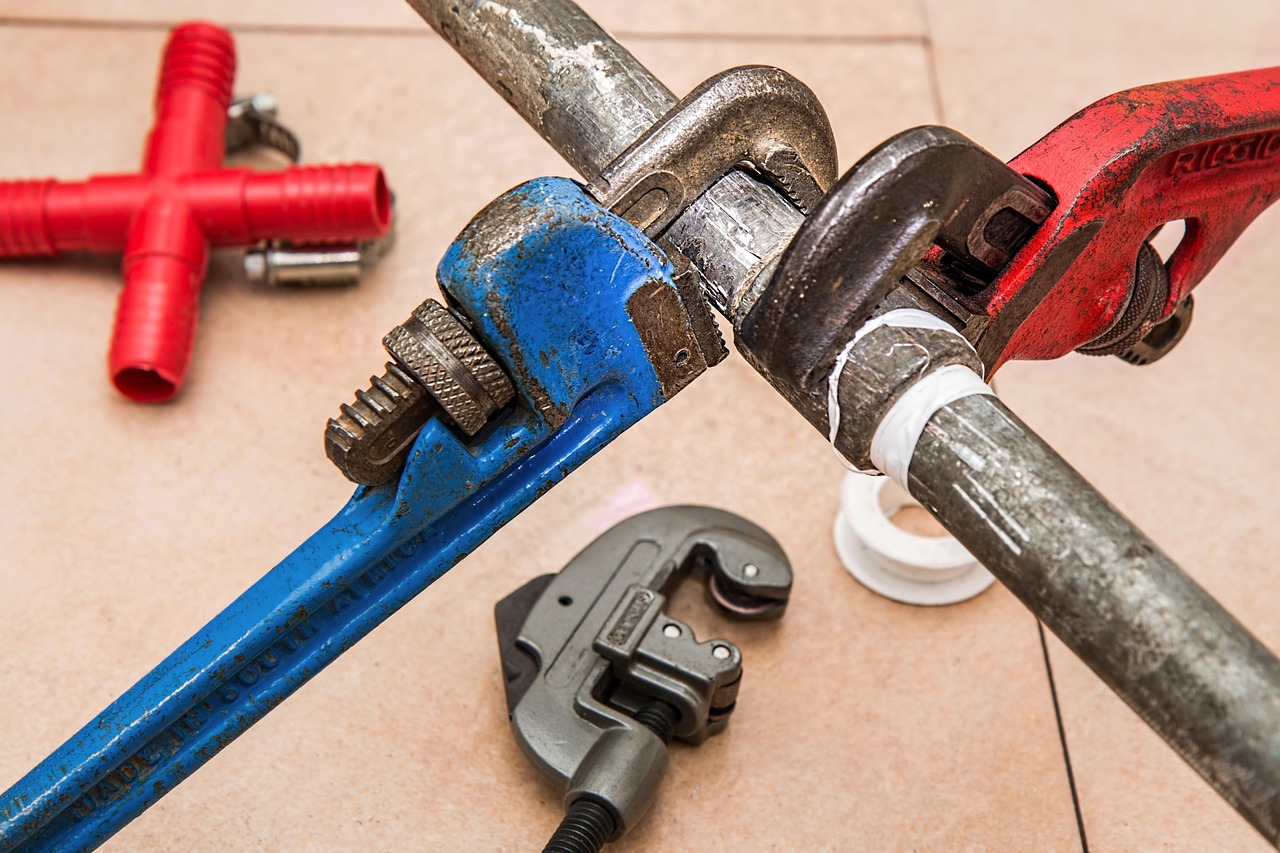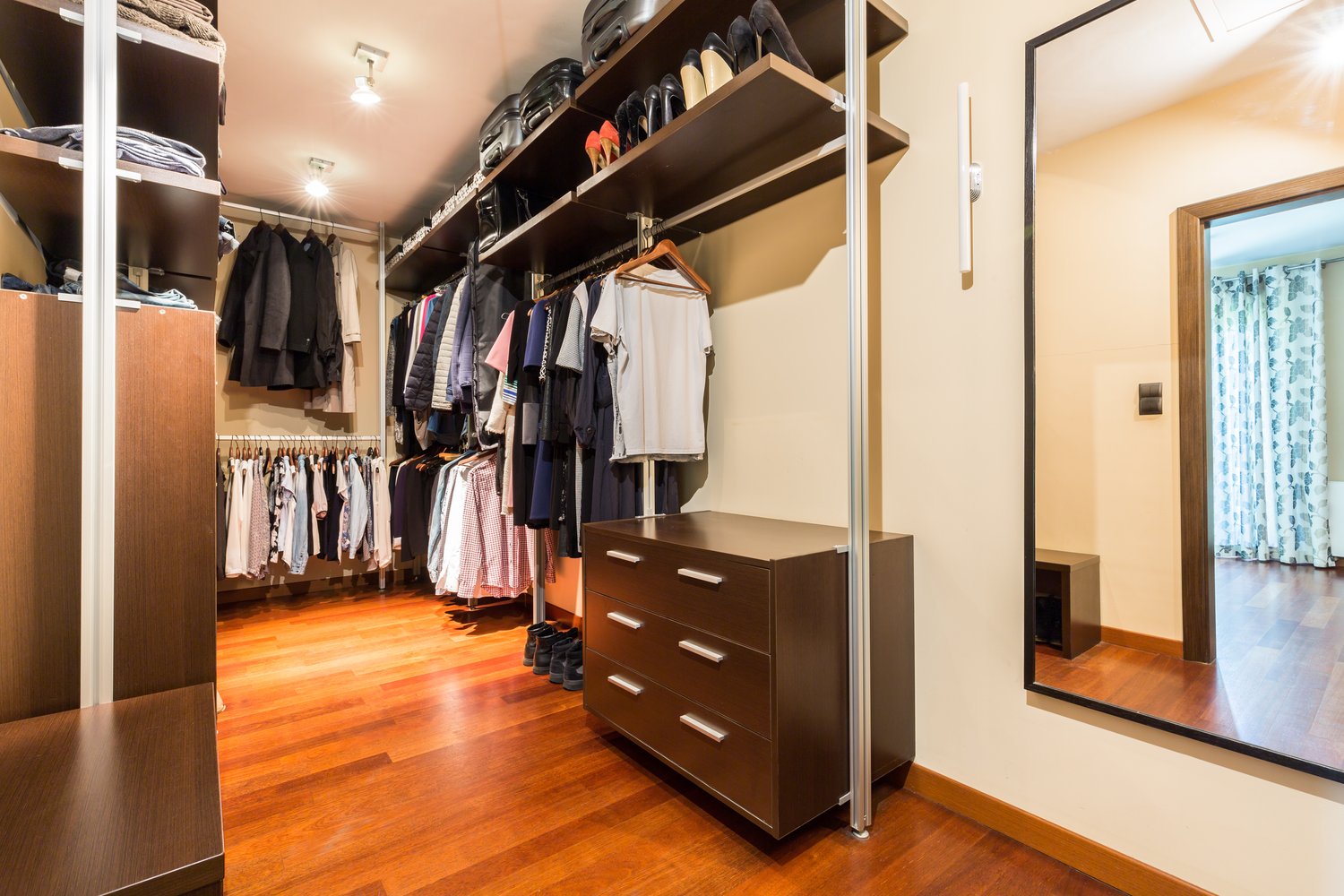Selecting the perfect patio door is a decision that impacts both the aesthetic appeal and functionality of your home. When considering patio door replacement options, homeowners typically narrow their choices to two popular styles: sliding glass doors and hinged French doors. Both options offer distinct advantages and potential drawbacks depending on your needs and home layout. This article will compare these two door types across several vital factors, including appearance, space requirements, energy efficiency, and cost, to help you determine your home’s best patio door type.
Understanding the Basic Differences
Sliding patio doors operate on tracks, with at least one panel that glides horizontally behind the other. They create a sleek, contemporary look with maximized glass area for unobstructed views. French patio doors, in contrast, feature two hinged doors that swing open from the center, creating a wide, elegant opening that evokes traditional architectural charm. When evaluating sliding vs French patio doors, understanding these fundamental structural differences is essential since they influence virtually every aspect of the door’s performance and suitability for your space.
Aesthetic Considerations
The visual appeal of your patio door can significantly impact your home’s overall character. French doors typically offer a more traditional, sophisticated look that complements classic home styles, including Colonial, Victorian, and Craftsman designs. With their vertical emphasis and often more ornate detailing, French doors create a sense of grandeur at the transition between indoor and outdoor spaces. Sliding doors, with their minimalist frames and greater glass-to-frame ratio, provide a more contemporary aesthetic that works beautifully in modern and mid-century homes. According to design experts at AskHomey, matching your patio door style to your home’s architectural character creates visual harmony and can potentially increase property value.
Space Requirements and Functionality
Perhaps the most practical consideration when choosing between sliding and French patio doors is the space available. French doors require clearance for their swing path—typically 2-3 feet inside and outside the doorway, making them less suitable for tight spaces like small decks or rooms with furniture near the door. Sliding doors require virtually no operational clearance, making them ideal for constrained areas. However, when fully open, sliding doors only provide access through half of the total door width. In contrast, French doors can open completely to create a grander entryway, which is particularly beneficial when moving large furniture or hosting events.
Energy Efficiency Factors
Modern patio door replacement options in sliding and French styles offer significant energy efficiency improvements over older models. French doors traditionally had a slight edge in energy performance due to their compression seal system, which creates a tighter seal when closed. However, contemporary sliding doors have narrowed this gap with improved weatherstripping and multi-point locking systems. When evaluating energy efficiency, look beyond the door style to focus on glass specifications (double or triple glazing), frame materials, and weather sealing. Doors with Low-E coatings and argon gas between panes offer superior insulation regardless of sliding or hinged styles.
Security Considerations
Security is critical when selecting the best patio door type for your home. Traditional sliding doors were once considered easier to breach, as older models could sometimes be lifted off their tracks. Modern sliding doors have addressed these vulnerabilities with sophisticated multi-point locking systems and anti-lift mechanisms. French doors typically feature deadbolts and multi-point locks that engage at several points along the frame, creating a highly secure entrance. For either style, look for tempered or laminated safety glass that resists breaking and reinforced frames for optimal protection.
Maintenance Requirements
Long-term maintenance varies between these patio door styles. Sliding doors require regular track cleaning to ensure smooth operation and prevent debris buildup that can damage rollers. The track design can sometimes collect dirt and may need occasional adjustment to maintain proper alignment. French doors typically have more hardware components, like hinges and handles, that may need periodic tightening or lubrication. Both door types require regular glass cleaning and frame inspection, but sliding doors with exposed tracks generally demand more frequent maintenance attention.
Cost Comparisons
The investment required for different patio door replacement options varies considerably based on materials, size, and features. Generally, basic sliding doors tend to be more economical than comparable French doors, with entry-level sliding options starting around 10-15% less than basic French doors. This price difference stems from the simpler construction and fewer hardware components in sliding designs. However, the price gap narrows as you move toward premium models with advanced features like impact resistance or custom sizing. Installation costs may also differ, with French doors typically requiring more labor-intensive installation due to their weight and the precision needed for proper hanging and alignment.
Making Your Final Decision
Ultimately, choosing between sliding vs French patio doors requires balancing practical considerations with aesthetic preferences. Consider your available space, architectural style, desired functionality, and budget constraints. Many homeowners also factor in regional climate conditions—sliding doors may be preferable in windy areas where a swinging door might catch the wind. In contrast, French doors might better complement homes in traditional neighborhoods where architectural consistency is valued.
For more tips and to connect with reliable home service professionals, follow AskHomey on Facebook and Instagram.



